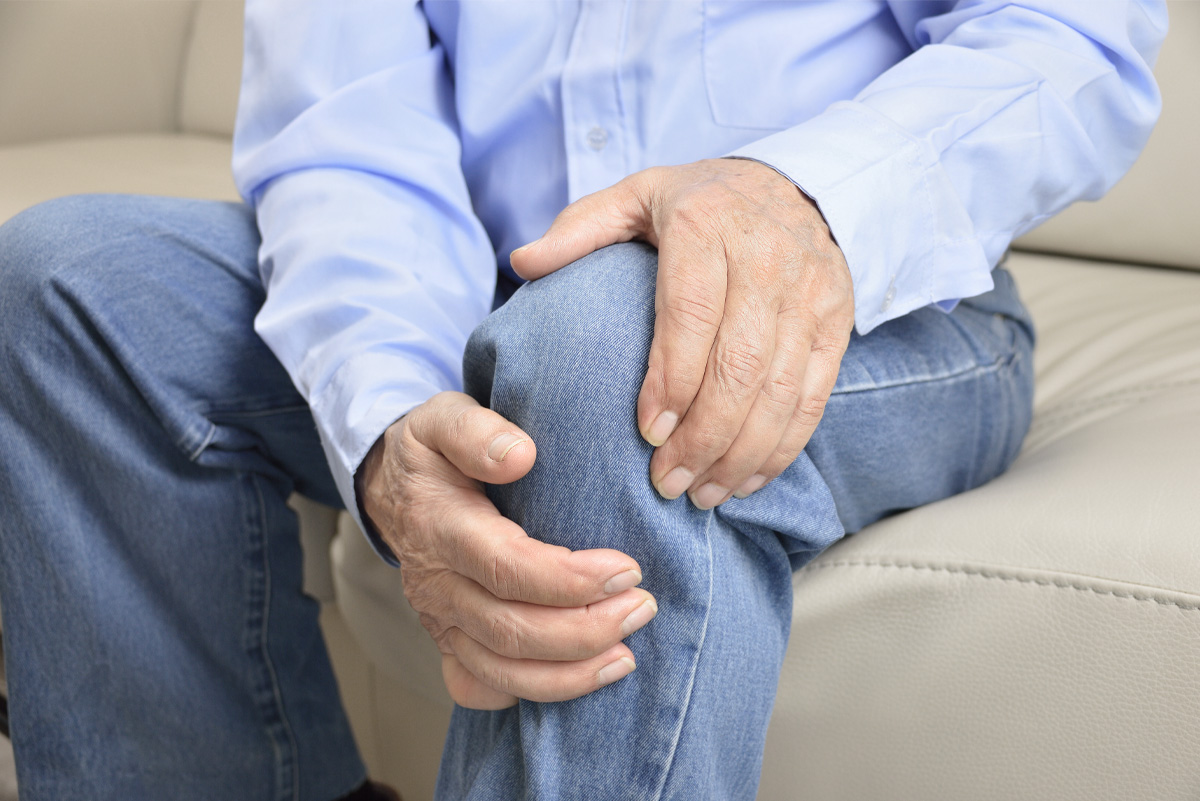There is currently no cure for knee OA, and western practitioners manage it by reducing symptoms and trying to slow the progression of the disease. Western treatments can include physical therapy, orthopedic aids, pain management medication, and surgical intervention. A Chinese medicine practitioner would address Bi Syndrome by clearing the pathogenic factor. To use acupuncture for osteoarthritis of the knees, the following points may be considered: LR3, BL12, GV16, GB34, ST34, ST35, the extra point MN-LE-16 (Xiyan), SI8, LI11, and TE10. These points can be dispersed, and moxa may be applicable, depending on the pathogen (i.e., not adding heat if there is obstruction caused by heat). Herbs can also be used to treat knee OA.
Researchers Berman, Lao, Langenberg, Lee, Gilpin, and Hochberg (2004) developed a study in which they explored the effects of acupuncture for knee OA pain; 570 patients were randomized into three groups: 1) true acupuncture, 2) sham acupuncture, and 3) patient education control. The true acupuncture group received 26 weeks of acupuncture treatment: 8 weeks of 2 treatments per week, followed by 2 weeks of 1 treatment per week, 4 weeks of 1 treatment every other week, and 12 weeks of 1 treatment per month. The acupuncture practitioners used the following points for the treatment of Bi Syndrome: GB34, SP9, ST36, ST35, Xiyan, KI60, GB39, SP6, and KI3; points were inserted into the affected limb(s). Patient outcome was measured using the Western Ontario and McMaster Universities Osteoarthritis Index. Upon completion of the study, the researchers found that pain among true acupuncture participants had decreased more than in the sham group at all points of assessment following 8 weeks. Knee function in the true acupuncture group also improved greater than that of the sham control group at 8, 14, and 26.
References
Berman, B. M., Lao, L., Langenberg, P., Lee, W. L., Gilpin, A. M., & Hochberg, M. C. (2004). Effectiveness of acupuncture as adjunctive therapy in osteoarthritis of the knee: a randomized control trial. Annals of Internal Medicine, 141(12), 901-910. doi:10.7326/0003-4819-141-12-200412210-00006
Flaws, B., & Sionneau, P. (2005). Osteoarthritis. In The treatment of modern western medical diseases with chinese medicine: a textbook & clinical manual (2nd ed., pp. 391-399). Boulder, CO: Blue Poppy Press.
Kastner, J. (2009). Chinese nutrition therapy: dietetics in traditional chinese medicine (tom)(2nd ed.). New York, NY: Thieme.
Michael, J. W., Schlüter-Brust, K. U., & Eysel, P. (2010). The epidemiology, etiology, diagnosis, and treatment of osteoarthritis of the knee. Deutsches Ärzteblatt International, 107(9), 152-162. doi:10.3238/arztebl.2010.0152

